Antique mourning jewelry, often perceived as macabre or morbid, is in reality a deeply touching and incredibly nuanced expression of love, loss, and remembrance. Far from simply being a fashionable trend, the practice of wearing jewelry to commemorate the dead spanned centuries, but reached its peak during the Victorian era (1837-1901). This period, marked by a particularly strong emphasis on sentimentality and formalized mourning rituals, saw the creation of some of the most elaborate and symbolic pieces ever made. This article will delve into the surprisingly consistent symbolism embedded within these tokens, exploring the materials used, the motifs employed, and the complex social customs that dictated their creation and wearing.
A History Rooted in Remembrance
While Victorian mourning jewelry is what most readily springs to mind, the practice of creating jewelry to honor the deceased dates back to the Roman Empire. Romans would fashion jewelry from the hair of loved ones, a practice that continued throughout the Middle Ages and Renaissance. However, it was the Victorian era, influenced by Queen Victoria’s prolonged and public mourning for Prince Albert in 1861, that truly solidified mourning jewelry as a cultural phenomenon. Victoria’s own dedication to wearing black for the rest of her life set a precedent for elaborate mourning rituals and, consequently, a surge in demand for specific types of jewelry.
Before the Victorian period, mourning jewelry was largely limited to the upper classes who could afford bespoke pieces. The Victorian era saw the rise of industrialization and mass production, making mourning jewelry accessible to a wider segment of the population. This democratization of mourning led to a standardization of symbols and materials, which is why we see such consistent themes across pieces from this time.
The Language of Materials: A Somber Palette
The materials used in mourning jewelry were not chosen arbitrarily; each held specific symbolic weight. The color black was, of course, paramount, representing death and grief. However, the progression of mourning wasn’t solely black. A strict code of mourning dictated the colors worn over a period of time, each signifying a different stage of grief. This is reflected in the jewelry itself.
- Jet: Perhaps the most iconic material, jet is a type of lignite, a fossilized wood, and was highly prized for its deep black color and ability to be carved. It was considered the most appropriate material for the initial, intense stages of mourning.
- Black Enamel: Often used on gold or silver, black enamel provided a sleek and refined alternative to jet.
- Black Glass: More affordable than jet, black glass was commonly used in mourning jewelry for those of lower economic standing.
- Whitened Bone & Ivory: Represented the bone beneath the skin, symbolizing the physical remains of the deceased.
- Pearl: Symbolized tears, representing sorrow and remembrance. White pearls were common in early mourning, transitioning to grey or iridescent shades as time passed.
- Hair: Perhaps the most personal material, hair was meticulously woven, braided, or shaped into intricate designs, often encased in glass or set within lockets. The hair of the deceased was considered a powerful link to the departed soul.
- Gold: Used sparingly, especially in early mourning. As time went on, gold (often muted or darkened) would appear more frequently, signifying remembrance rather than acute grief.
Motifs and Symbols: A Visual Dictionary of Grief
Beyond the materials themselves, the motifs employed in mourning jewelry were rich in symbolism. These weren’t random decorations; they were deliberate messages conveying specific sentiments.
- Willow Trees: Represented mourning, sadness, and forsaken love. Their drooping branches mirrored the posture of someone overcome with grief.
- Broken Columns: Symbolized a life cut short, representing premature death.
- Urns: Contained ashes, representing the finality of death and the departed soul.
- Anchors: Represented hope and faith in the afterlife, a symbol of stability amidst sorrow.
- Hands: Often depicted clasping or releasing a flower, symbolizing farewell or a connection between the living and the dead.
- Flowers: Each flower held a specific meaning:
- Forget-Me-Nots: True remembrance.
- Roses: Love and affection, with white roses representing purity and remembrance.
- Lilies: Purity, innocence, and sympathy.
- Poppies: Sleep and death.
- Pansies: Thoughts of the deceased.
- Insects: Often overlooked, insects also carried symbolic weight. Butterflies represented the soul, while moths symbolized mortality.
- Crests & Initials: Personalized mourning jewelry frequently featured the crest or initials of the deceased, ensuring their memory was specifically honored.
Types of Mourning Jewelry: From Locklets to Brooches
Mourning jewelry took many forms, each with its own specific purpose and symbolic meaning.
- Lockets: Perhaps the most common type, lockets held portraits of the deceased, locks of hair, or other small mementos. Often oval or teardrop-shaped, they were worn close to the heart.
- Brooches: Frequently featured intricate designs with symbolic motifs. Jet brooches were particularly popular.
- Rings: Mourning rings were often exchanged between family members and friends of the deceased. They could be plain bands of black enamel or more elaborate designs featuring inscriptions or gemstones.
- Earrings: Often matching sets with brooches or pendants, earrings provided a subtle yet constant reminder of the loved one lost.
- Bracelets: Wide bracelets, often made of jet or black enamel, were worn as a visible sign of mourning.
- Hair Jewelry: Intricate pieces created entirely from woven hair, including bracelets, necklaces, and even miniature portraits.
The style of jewelry also changed depending on the period within the Victorian era. Early Victorian mourning jewelry (pre-1861) tended to be more restrained and elegant, while jewelry produced after Prince Albert’s death became more elaborate and ornate.
The Stages of Mourning & Jewelry Progression
The Victorian mourning code dictated a specific progression of colors and materials reflecting the stages of grief. This influenced the type of jewelry worn and when.
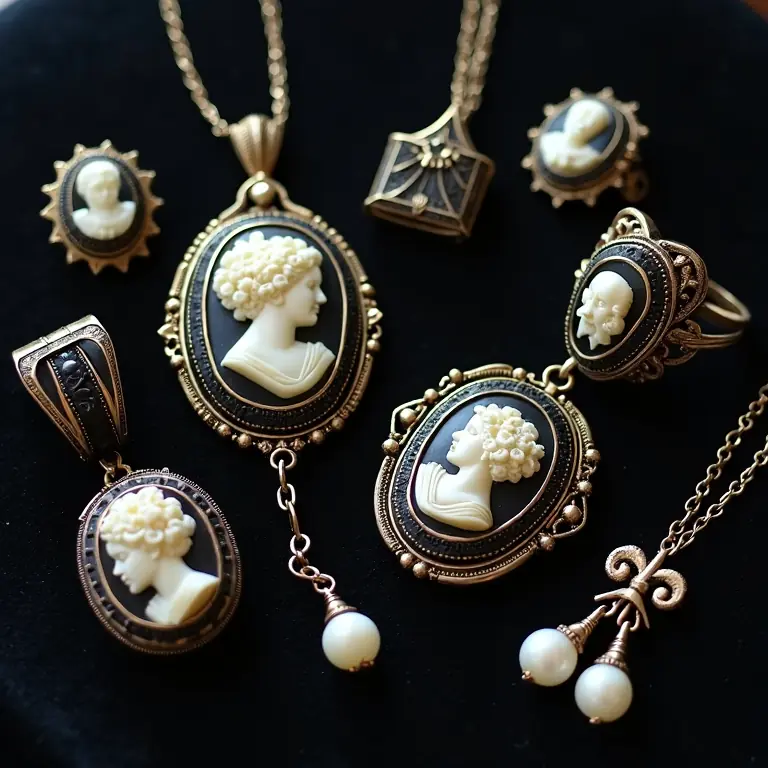
- Full Mourning (Initial Stage): Strictly black clothing and jewelry, typically jet, black enamel, or black glass. Focus was on acknowledging the death and expressing intense sorrow.
- First Mourning (6-12 months): Black clothing with crepe (a textured fabric). Jewelry remained primarily black, but small accents of white or grey pearl might be introduced.
- Second Mourning (6 months – 1 year after First Mourning): Black clothing could be softened with shades of grey, lavender, or mauve. Jewelry incorporated more pearl, and muted colors like dark purple were acceptable.
- Ordinary Mourning (Ongoing): Colors gradually transitioned to more conventional shades, but black continued to be worn, especially for special occasions. Jewelry became less overtly mournful, focusing on remembrance rather than acute grief.
Beyond Sentiment: Practical Considerations
While deeply sentimental, mourning jewelry also served a practical purpose. Before widespread photography, miniature portraits encased in lockets provided a lasting visual memory of the deceased. The use of hair was also a way to preserve a tangible piece of the loved one. The jewelry wasn’t simply about expressing grief; it was about maintaining a connection to those who had passed.
The Enduring Legacy of Mourning Jewelry
The Victorian fascination with mourning jewelry eventually waned in the early 20th century, as social customs shifted and attitudes towards death became less formalized. However, the legacy of these pieces endures. Today, antique mourning jewelry is highly sought after by collectors and historians for its artistry, its historical significance, and its poignant beauty.
These pieces offer a unique glimpse into the Victorian psyche, revealing a culture deeply concerned with death, remembrance, and the enduring power of love. They remind us that grief, while intensely personal, is also a shared human experience, and that the desire to honor and remember those we have lost is a timeless impulse.
If you’re interested in exploring the intricacies of natural patterns, you might find our article on snowflake formation fascinating.
The meticulous preservation techniques of the past also offer a glimpse into humanity’s relationship with time and sustenance. Discover more in historical food preservation.
The history of personal grooming is another area where consistency in ritual is striking. Explore the history of barbering.
Similarly, the principles governing flight are surprisingly consistent, even in something as simple as a paper airplane. Read more about paper airplane physics.
And if you’re intrigued by symbolism, the history of playing cards reveals a surprisingly consistent system of hidden meanings. See the symbolism of early playing cards.
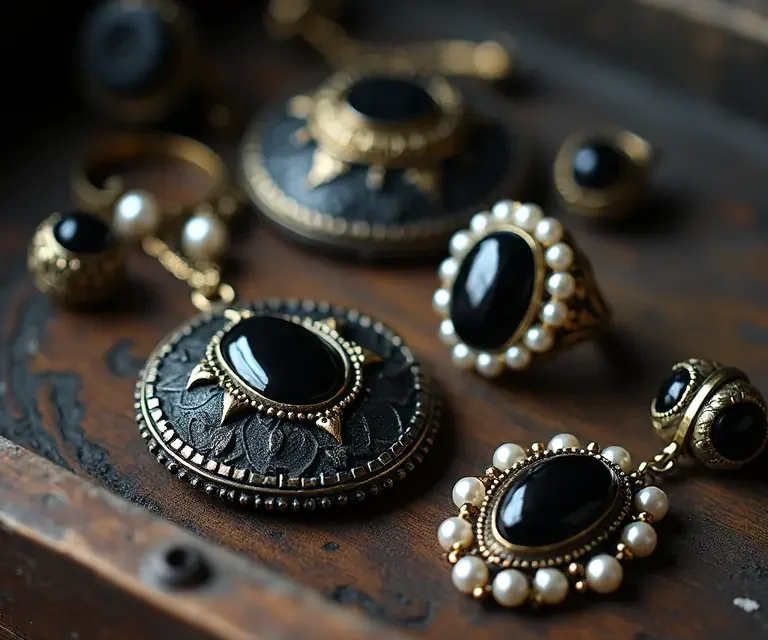

 The Surprisingly Consistent Symbolism of Antique Fans – Language, Status & Victorian Courtship
The Surprisingly Consistent Symbolism of Antique Fans – Language, Status & Victorian Courtship 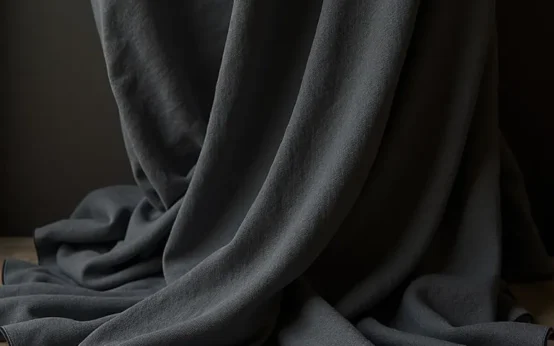 The Surprisingly Consistent Science of Victorian Mourning Crepe – Fabric, Fashion & Grief’s Expression
The Surprisingly Consistent Science of Victorian Mourning Crepe – Fabric, Fashion & Grief’s Expression 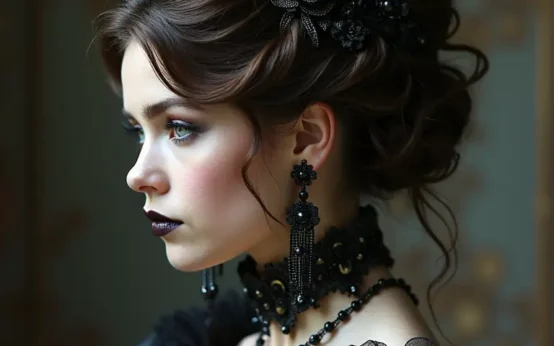 The Surprisingly Consistent Art of Victorian Hairwork: Mourning, Memory, and Intricate Craftsmanship
The Surprisingly Consistent Art of Victorian Hairwork: Mourning, Memory, and Intricate Craftsmanship 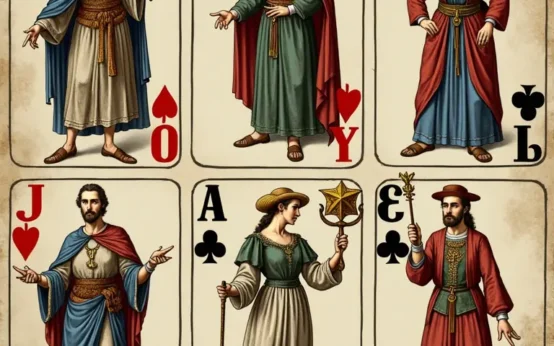 The Surprisingly Consistent Symbolism of Early Playing Cards – A History of Suits, Numbers & Hidden Meanings
The Surprisingly Consistent Symbolism of Early Playing Cards – A History of Suits, Numbers & Hidden Meanings 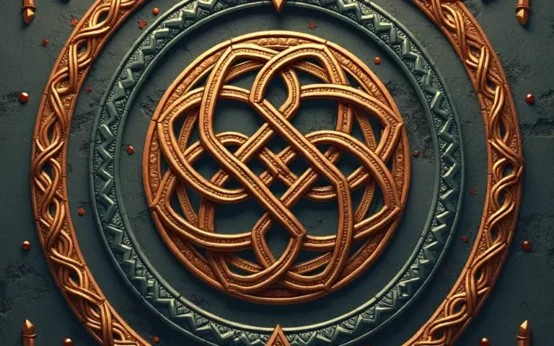 The Surprisingly Consistent Symbolism of Knots in Different Cultures
The Surprisingly Consistent Symbolism of Knots in Different Cultures 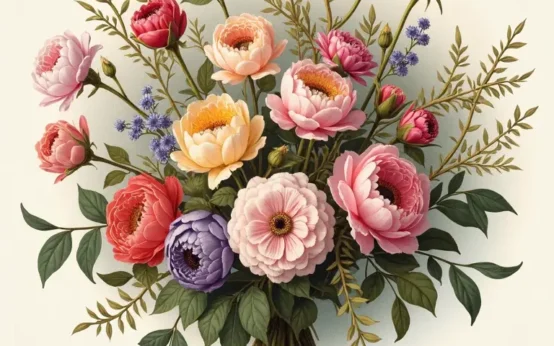 The Hidden Language of Flowers: Victorian Floral Communication & Its Modern Echoes
The Hidden Language of Flowers: Victorian Floral Communication & Its Modern Echoes